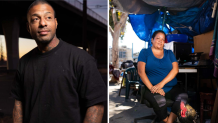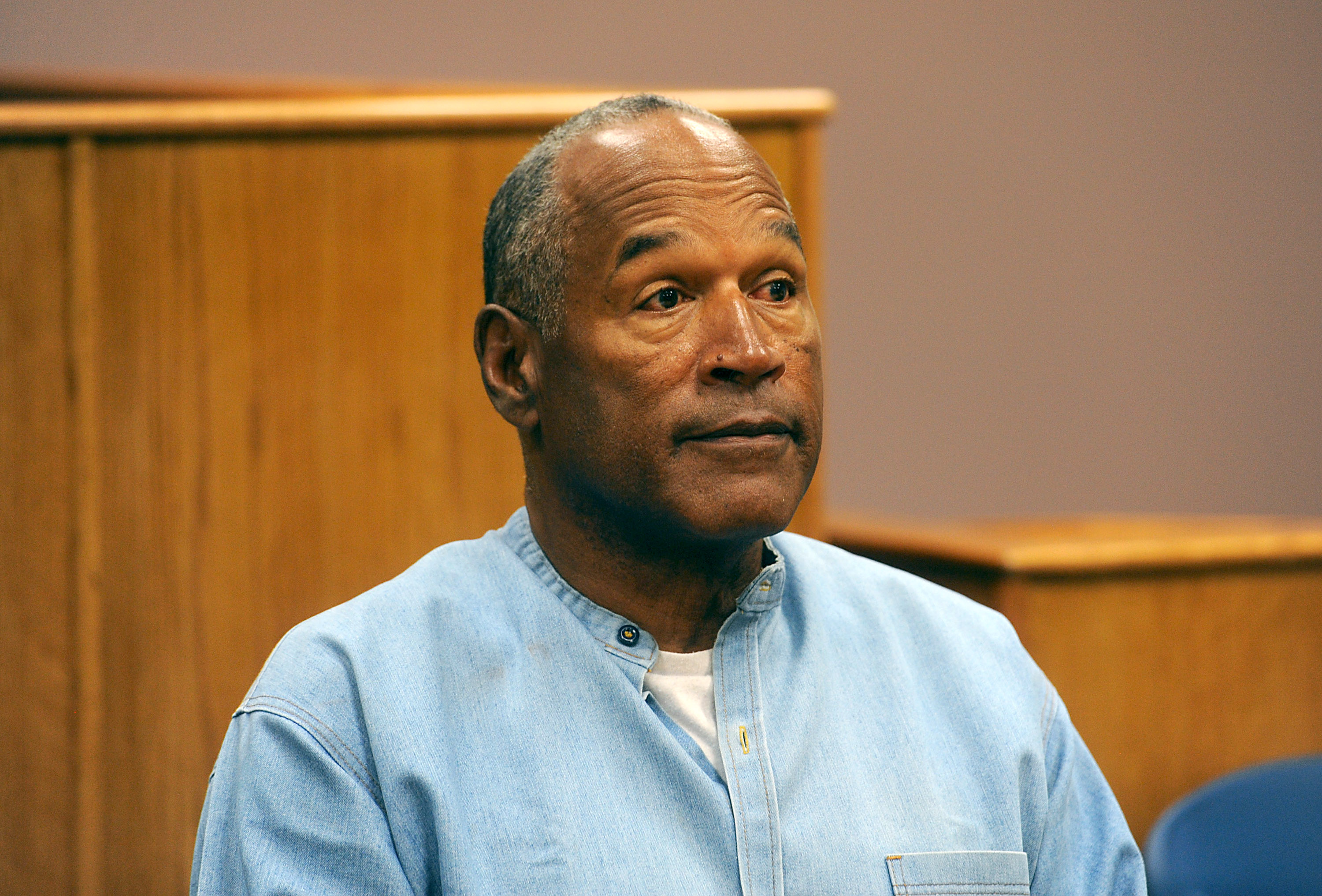
What to Know
- This is the largest study of its kind in nearly 30 years
- Approximately nine out of ten people experiencing homelessness in California are from the state
- The majority of people surveyed believed a small monthly subsidy would have prevented them from losing their last home
Many residents in Los Angeles have grown accustomed to seeing rows of grey and blue tents along a busy street or walking past people sleeping on the sidewalk.
In 2022, the Los Angeles Homeless Service Authority estimated that more than 69,000 people in the county were experiencing homelessness.
“It's really easy for many folks to think ‘This could never happen to me,’” said Dr. Tiana Moore, the Policy Director at the Benioff Homelessness and Housing Initiative and a Los Angeles native.
Get a weekly recap of the latest San Francisco Bay Area housing news. Sign up for NBC Bay Area’s Housing Deconstructed newsletter.
“I have a close family member who is experiencing homelessness and was propelled into homelessness during the pandemic. I saw a real need based on what was happening in my own life,” Moore explained.
In June, the BHHI at the University of California San Francisco published The California Statewide Study of People Experiencing Homelessness to “paint a representative picture” of homelessness and to suggest policies backed by evidence, Moore said.
It is the largest study of its kind since the mid-1990s, and it is the first large-scale study to use surveys as well as in-depth interviews, allowing researchers to “amplify the voices of those who are experiencing homelessness directly,” Moore said.

Reshaping the narrative
U.S. & World
“There's a lot of noise in California around who's experiencing homelessness and why,” Moore said, adding that the study pushes back against narratives that are dominating conversations right now.
The study found that nine out of ten participants lost their last housing in the state. “The folks that are experiencing homelessness are Californians, our neighbors,” Moore said.
“The folks that are experiencing homelessness are Californians, our neighbors.”
Dr. Tiana Moore, Policy Director at BHHI
Moore explained that there are many structural drivers of homelessness— including the lack of transition services while leaving institutions such as prison, a deficit in affordable housing and systemic racism. “Homelessness doesn't occur in a vacuum,” she said.
Approximately one out of five people surveyed was institutionalized prior to homelessness. Certain minority groups, such as people who identify as black or indigenous, were overrepresented compared to the general population in the state.
Stress and trauma also pushed people into homelessness. The people surveyed commonly experienced violence during their lifetime: 72% of people surveyed had experienced physical victimization, and 24% faced sexual violence. 43% of cis-women and 74% of transgender or nonbinary individuals experienced sexual violence.

Hoping for housing
The majority of participants wished to obtain permanent housing but felt that cost was the main barrier.
Moore was astonished when participants reported that they were only given an average of five days' notice that they would lose their housing. Such short notice “really complicates prevention efforts,” she said.
As part of their research, the team proposed hypothetical scenarios to their participants and asked whether certain situations could have kept them housed for another two years.
“We were all surprised by the overwhelming reaction to these relatively small financial interventions. 70% of our folks thought that kind of a modest monthly subsidy would have prevented their homelessness and that monthly subsidy was about $300 to $500 a month.”

Looking to the future
Moore hopes that the study will shed light on people’s misperceptions about what causes homelessness and encourage more evidence-based solutions in policy.
In order to develop solutions on a wide scale, Moore highlighted the need for policy coordination at the local, state and federal levels.
One of the group’s policy recommendations was rental subsidies, such as housing choice vouchers which are federally funded, Moore said.
Other recommendations include increasing housing for lower income levels, targeted homelessness prevention services in communities and institutions, behavioral health supports, and employment assistance such as trainings and transportation.
“We really hope that we've done justice to the stories people have shared with us and can really help shape narratives about the true causes of homelessness,” she said.



